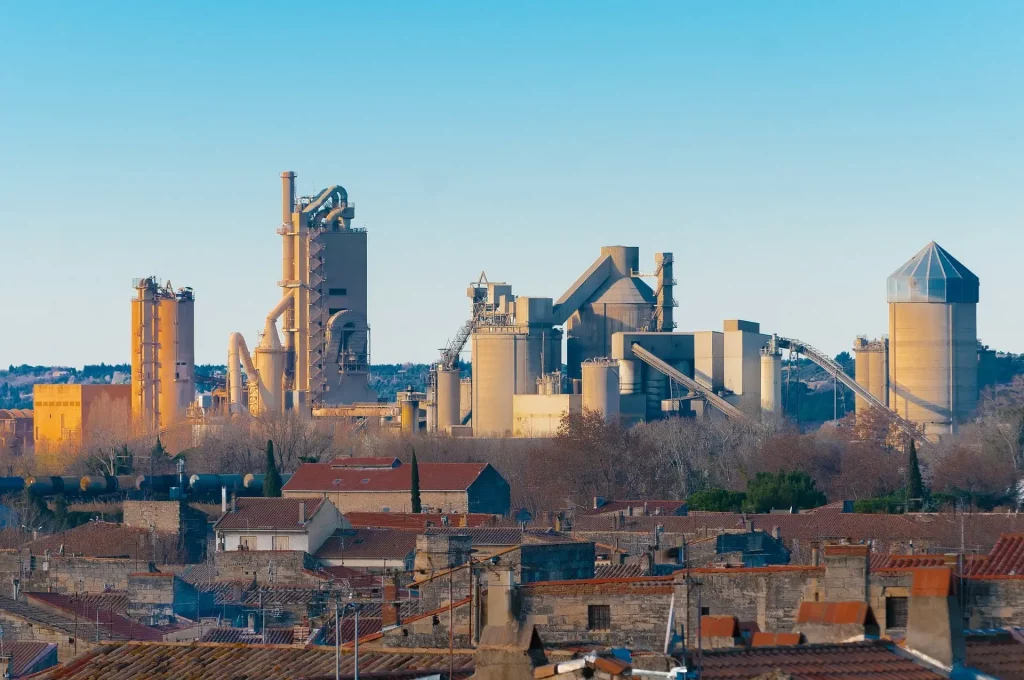Cement is one of the most important building materials in the world, and it is essential for the construction of roads, bridges, buildings, and other infrastructure. However, the production of cement is also a very energy-intensive process, and it produces a significant amount of greenhouse gas emissions.
Researchers and industry leaders are constantly working to develop new and more sustainable ways to produce cement. Some of the most promising new developments in cement technology include:
Using Alternative Fuels and Raw Materials
Cement manufacturers are increasingly using alternative fuels, such as waste biomass and recycled materials, to power their kilns. They are also using alternative raw materials, such as fly ash and slag, to produce cement clinker.
Carbon capture and storage (CCS):
CCS technology captures CO2 emissions from cement production and stores them underground. This technology can help to reduce the greenhouse gas footprint of cement production.
New cement chemistries:
Researchers are developing new cement chemistries that require less energy to produce and produce fewer greenhouse gas emissions. One example is geopolymer cement, which is made from fly ash and other industrial byproducts.
In addition to these new developments in cement production technology, there are also a number of new developments in cement-based materials.
Here are some of the most exciting new advances in cement technology:
Self-healing concrete: Self-healing concrete is a type of concrete that can repair itself when it cracks. This is made possible by the inclusion of special bacteria in the concrete mix.
Ultra-high performance concrete (UHPC): UHPC is a type of concrete that is much stronger and more durable than traditional concrete. It is also more resistant to chemicals and fire.
Transparent concrete: Transparent concrete is a type of concrete that allows light to pass through it. This is made possible by the use of optical fibers in the concrete mix.
These new developments in cement technology and cement-based materials have the potential to make the construction industry more sustainable and to improve the performance and durability of concrete structures.
Here are some specific examples of new developments in cement technology:
A team of researchers at the University of California, Davis has developed a new type of cement that is made from recycled concrete and fly ash. This cement is stronger and more durable than traditional concrete, and it produces fewer greenhouse gas emissions.
A company called CarbonCure Technologies has developed a technology that captures CO2 emissions from industrial processes and injects them into concrete. This technology can help to reduce the carbon footprint of concrete production by up to 70%.
A company called Solidia Technologies has developed a new type of cement that can be cured at a lower temperature than traditional concrete. This reduces the energy consumption of cement production by up to 30%.



